Myrrh has a deep spiritual meaning that goes back to ancient times and is often mentioned in the Bible. This gum resin, which comes from the Commiphora myrrha tree, is known for linking the spiritual world with the physical world.
It was an important part of holy anointing oil and other sacred acts in old rituals. Myrrh is mentioned in the scriptures where its meaning is about cleaning, sacrifice, and the idea of suffering. In this article, we will explore the spiritual meaning of myrrh in the bible.
This gum resin shares stories of change and healing that people can find in many holy texts. Myrrh still holds its place today as people seek spiritual connection, tradition, and faith.
What is the spiritual significance of myrrh in the Bible? Myrrh is important because it is a main part of the holy anointing oil. People use this oil in special ceremonies and blessings. It stands for cleansing and a close connection with God. Myrrh is important because it ties our everyday life to spiritual worlds. In stories about Jesus, like when he was buried, myrrh is used to show this strong bond. For many, it is a symbol of something sacred and pure.
- Spiritual Meaning Of Myrrh In The Bible: Brief Description
- Spiritual Uses Of Myrrh
- Spiritual Significance Of Myrrh
- Symbolism Of Myrrh: Suffering And Sacrifice
- Myrrh Historical Context And Biblical Significance
- Overview Of Myrrh As A Resin And Its Ancient Uses
- Brief Mention Of Myrrh In Various Cultures And Religions
- Examination Of Specific Passages Where Myrrh Is Mentioned
- Discussion On The Role Of Myrrh During Jesus’ Birth And Crucifixion
- Analysis Of How Myrrh Represents Suffering In The Biblical Narrative.
- Connection Between Myrrh, Sacrifice, And Healing Throughout Scripture.
- The Relationship Between Physical Healing And Spiritual Healing In Scripture.
- Discussion On Its Use During Burial Customs Reflecting Respect For The Deceased.
- FAQ About Spiritual Meaning Of Myrrh In The Bible
- Final Thought 💭
Spiritual Meaning Of Myrrh In The Bible: Brief Description
In the Bible, myrrh represents important ideas about suffering, becoming pure, and letting go of something valuable. The Wise Men gave myrrh to the baby Jesus as a gift.
This showed people his special mission from God and hinted at the difficult times and sacrifices he would experience. Myrrh was also used when Jesus was buried. This honored the dead and connected to the idea of coming back to life and living forever.
Besides its meaning, myrrh was also used for many things in the Bible. Myrrh was mixed into holy anointing oil. This showed that the oil, like myrrh itself, was used to make things or people holy and clean.
Myrrh is mentioned over 156 times in the Bible, showing its importance in rituals and anointing in these spiritual stories.
The story of myrrh helps link actions people take, like using anointing oil, to bigger ideas about God and eternal life. This connection brings together life on earth and what Christians believe about God and holiness.
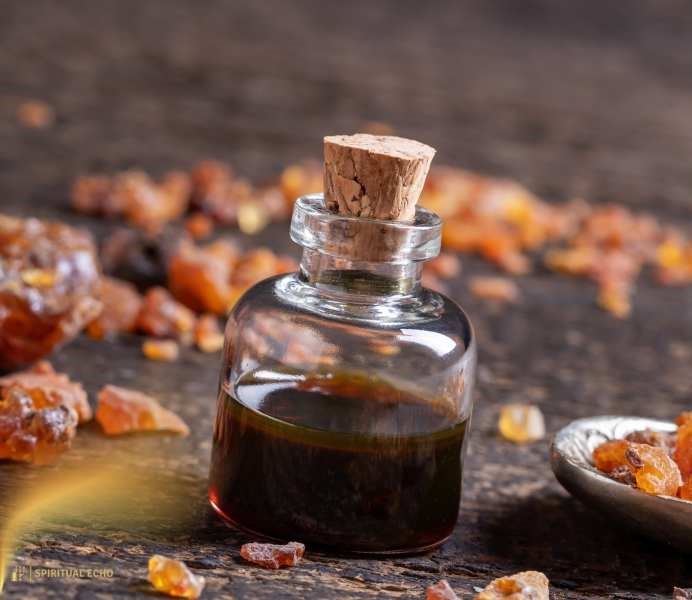
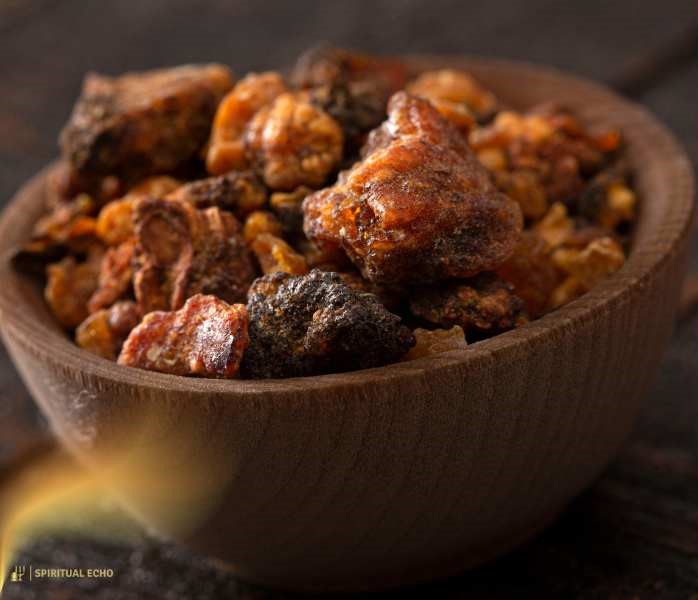
Spiritual Uses Of Myrrh
Myrrh has played an important role in religious ceremonies because of its spiritual meaning. People often burned the sweet-smelling resin as incense during special events.
This was done to invite a holy feeling and make it easier to pray. It helped connect the spiritual world with our world, bringing a sense of holiness around.
In many traditions, myrrh was also used for anointing. It showed up in important rituals as a way to clean and purify people or things. By putting myrrh into holy oils, it marked something or someone as ready for spiritual work, showing how myrrh could change and uplift.
The smell of myrrh could also help people find comfort. It gave off a calming aroma that brought emotional peace and helped with sadness.
Because of what it can do, myrrh became like a healing balm for the heart and mind. Its use in important religious ceremonies shows just how vital myrrh has been in faith and practice
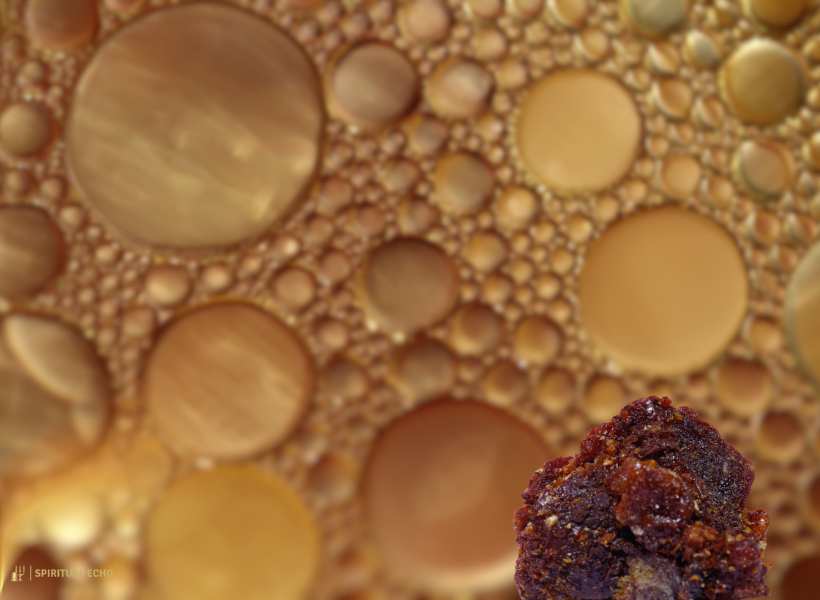
Myrrh In Religious Rituals
Myrrh’s significance in religious rituals reflects its deep spiritual value. In Esther 2:12, it symbolizes preparation and purity during women’s purification. Myrrh was integral to traditional ceremonies and is described in Psalm 45:8 as a sacred perfume.
Found in holy anointing oil, myrrh enhances the significance of rituals, as noted in Exodus 30:23. This oil was used during consecration, elevating the spiritual atmosphere for those serving their faith.
Additionally, myrrh played a vital role in embalming practices, connecting the living with the spiritual understanding during funerals.
At Jesus’ burial, myrrh mixed with aloes (John 19:39) underscored its importance in honoring the deceased. Overall, myrrh has been essential in purification, anointing, and farewells.
Biblical Symbolism Of Myrrh
In the Bible, Myrrh represents suffering, giving, and strong devotion to God. When Jesus was on the cross, the soldiers mixed Myrrh with wine and offered it to him to help lessen the pain. He did not take it.
This shows that he chose to face the pain and was willing to go through suffering (Mark 15:23). Myrrh here stands for the biggest act of giving and never letting go of faith.
Myrrh is also linked to being pure. People used it to make holy ointment (Exodus 30:23). This use showed that it was about cleanliness and preparing people for God.
It was also used as a fragrance in spirit-led events (Proverbs 7:17), showing that being clean in body and soul can go together.
The wise men gave baby Jesus the gift of Myrrh (Matthew 2:11). This was not by chance. Myrrh pointed to what was to come, like sacrifice and saving the people.
All these stories show how Myrrh is important in these Bible tales and how it connects to ideas that bring healing and salvation for everyone.
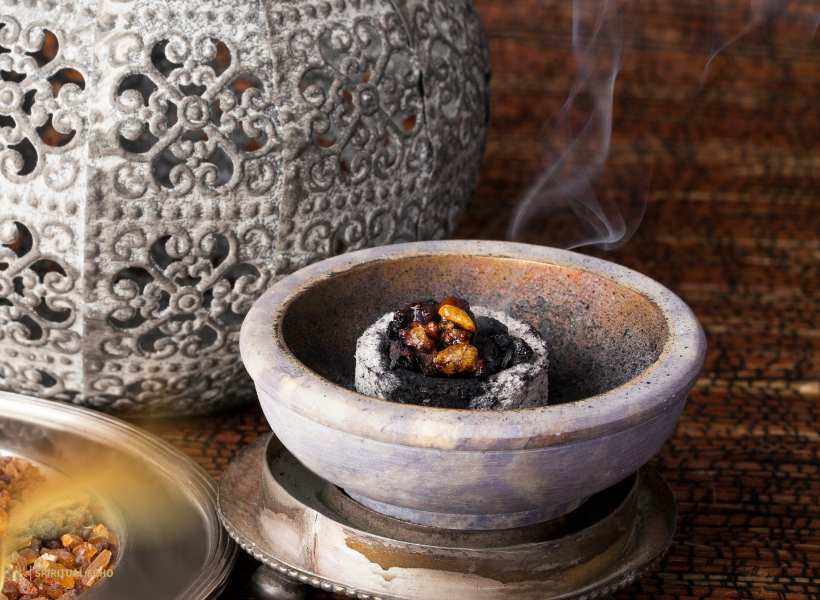
Spiritual Significance Of Myrrh
Myrrh has an important role in religious ceremonies because it helps with healing and brings people closer to God. In Exodus 30:23, myrrh is used in anointing oil.
This shows that it is important to make people and places holy and set apart for God’s work. Myrrh is connected to purification, helping people to grow in their faith.
In Song of Solomon 4:14, myrrh is also valued for its smell. People used it on their own or with others to help them feel calm and balanced. Its gentle scent brought peace during prayer and quiet times, acting as a bridge that helped people feel close to God.
During the time of Jesus, myrrh had great meaning, especially in his crucifixion and burial. At his burial, myrrh was mixed with aloes (John 19:39).
This showed how people deal with pain and how they hold on to hope. Myrrh was used to prepare Jesus’ body for burial, showing both an ending and a new beginning.
Because of all this, myrrh stands out as a strong part of biblical stories about faith, anointing, purification, and healing.
Symbolism Of Myrrh: Suffering And Sacrifice
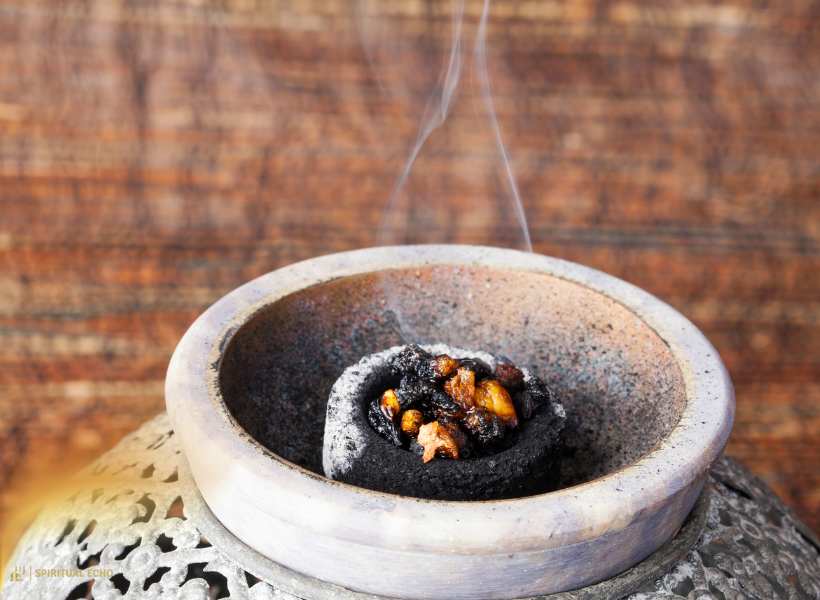
The use of myrrh is about pain and giving up something important, which you can see when Jesus was on the cross.
When myrrh was mixed with wine (Mark 15:23), it showed both his suffering at that moment and how he chose to face this hard time for us and for God.
In the story from John 19:39, myrrh is also used when people prepared Jesus’ body for burial. This moment was about a great sacrifice, showing the change from death to new life.
The meaning of myrrh stands out in these stories, and it helps show where pain and hope come together. These ideas are found throughout the Bible and help us understand why myrrh is so important in the story of Jesus.

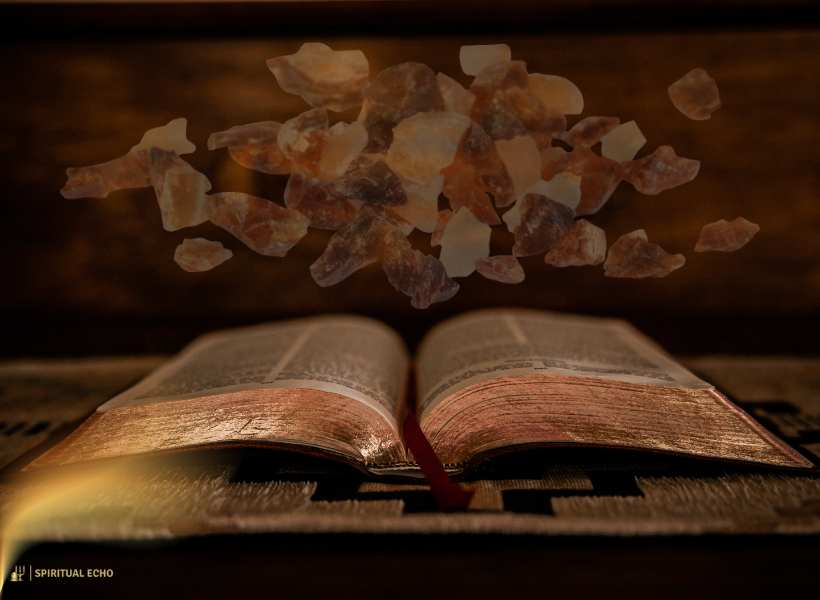
Myrrh Historical Context And Biblical Significance
Myrrh is a well-known sticky substance that has been around for a very long time. It comes from the Commiphora myrrha tree, which grows in Arabia and Africa.
People saw myrrh as both a protective resin and a special symbol. Myrrh grew in places that were hard to live in.
Myrrh appears at many important times in the Bible. It was used in holy rituals and played a big part in Jesus’ life. Myrrh is mentioned 156 times in the Bible.
You can find it used in practical ways, like in holy oils described in Exodus 30:23. It also has a strong spiritual connection, such as when it was mixed with aloes for Jesus’ burial, as mentioned in John 19:39.
Myrrh was even a key part of old methods of embalming and purification. These actions show how myrrh remained important in many cultures and beliefs.
Myrrh is linked to sacrifice and healing. It stands for spiritual meaning and has stayed with us through long-standing rituals. This encourages us to explore how people used myrrh in ancient times.
Overview Of Myrrh As A Resin And Its Ancient Uses
Myrrh is a sticky substance made from the gum, resin, and oils of the tough Commiphora myrrha tree. This tree grows in dry desert areas. When the weather is tough, it produces resin to protect itself, showing its strength.
In ancient Egypt, people used myrrh for many purposes. They called it the “Funeral Herb” and often used it to preserve bodies and make offerings at temples.
Myrrh is also important in the Bible. It was used in religious ceremonies, such as when making holy oil (Exodus 30:23) and in burial practices, where it was mixed with aloes (John 19:39).
Myrrh was known for helping heal wounds and for purifying things. It had both spiritual and practical uses. Because of these many uses, myrrh has remained significant in various cultures and is often mentioned in history and scripture.
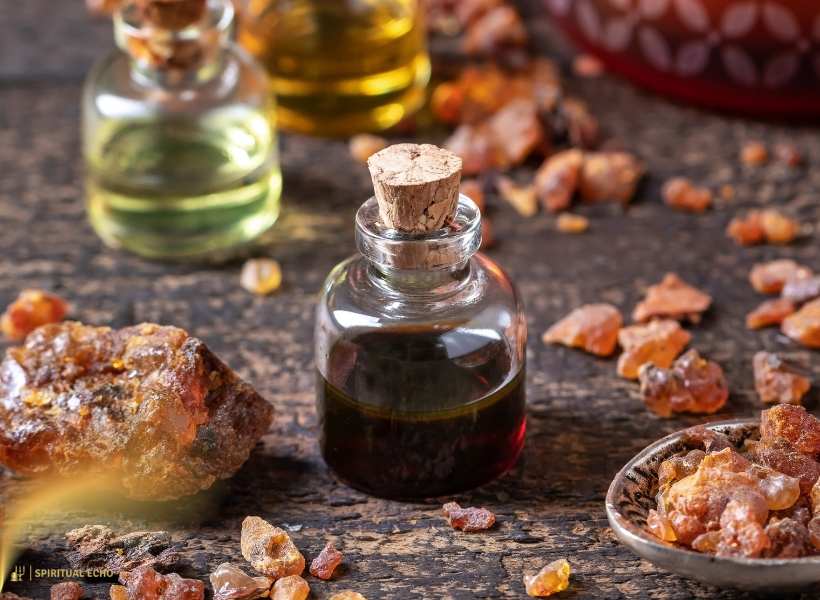
Brief Mention Of Myrrh In Various Cultures And Religions
The use of Myrrh in spiritual practices goes beyond just the Bible and is seen across many groups of people. In ancient Egypt, people used Myrrh because it had a strong smell thought to help clean and prepare bodies for mummification.
They also believed this smell made their gods happy. The Greeks used Myrrh, too. They put it on cuts to help them heal, and added it during ceremonies for the goddess Isis.
Jewish traditions used Myrrh for important steps like anointing and purification, as shown in Esther 2:12. For early Christians, mixing Myrrh in rituals stood for giving things up and getting ready for spiritual work.
In India, Ayurveda medicine valued Myrrh for helping with oral health. It also stood for both healing and cleaning, showing up in their spiritual and day-to-day life.
These ways of using Myrrh in religion and tradition show just how important it is across the world. We can see it often in spiritual books and sacred events.
Myrrh is seen not just as something special, but also as a link between caring for the body and honoring the spirit. Next, we will take a closer look at how scripture talks about Myrrh and what it means in those texts.
Examination Of Specific Passages Where Myrrh Is Mentioned
Spiritual meaning of myrrh in the bible. Myrrh is often mentioned in the Bible, appearing at important moments in scripture. When the wise men gave Myrrh to Jesus, it showed he was chosen for a special purpose from God (Matthew 2:11). At Jesus’ burial, Myrrh was used with aloes to honor his sacrifice (John 19:39).
| Passage | Use of Myrrh |
| Exodus 30:23 | Part of the holy anointing oil. |
| Matthew 2:11 | Gift from the wise men. |
| Mark 15:23 | Mixed with wine, offered during the crucifixion. |
| John 19:39 | Used in preparing Jesus after the crucifixion. |
When you look at these important moments in the Bible, you can see how Myrrh is part of stories about pain, healing, and lasting hope.
The way Myrrh is used in Jesus’ life and death shows its role in these sacred events, with things like anointing oil and the care shown by the wise men.
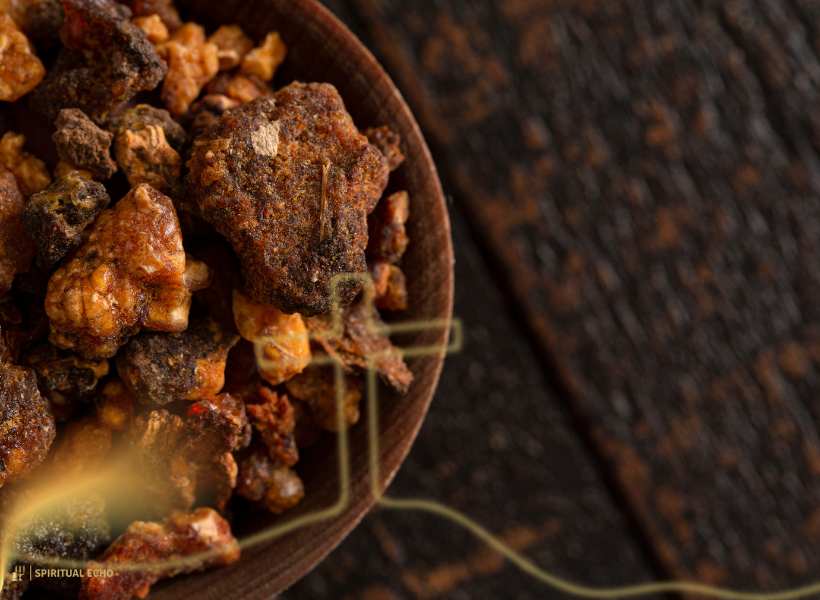
Discussion On The Role Of Myrrh During Jesus’ Birth And Crucifixion
During the life of Jesus, Myrrh is both a sign and something important. The wise men gave him Myrrh at birth.
This showed his special role and what he would have to face later (Matthew 2:11). Myrrh was part of the gifts that spoke about Jesus’ future pain and the hope of his mission to save people.
At the time of his crucifixion, they mixed Myrrh with wine and offered it to him, but he said no to it (Mark 15:23). This was an important moment. He chose not to take something that could help ease his pain, so he could fully take on the sacrifice.
Because of these moments, Myrrh is significant in the story of Jesus. It marks important times, like his birth and his suffering. This helps us think about how Myrrh relates to facing tough times and enduring pain.
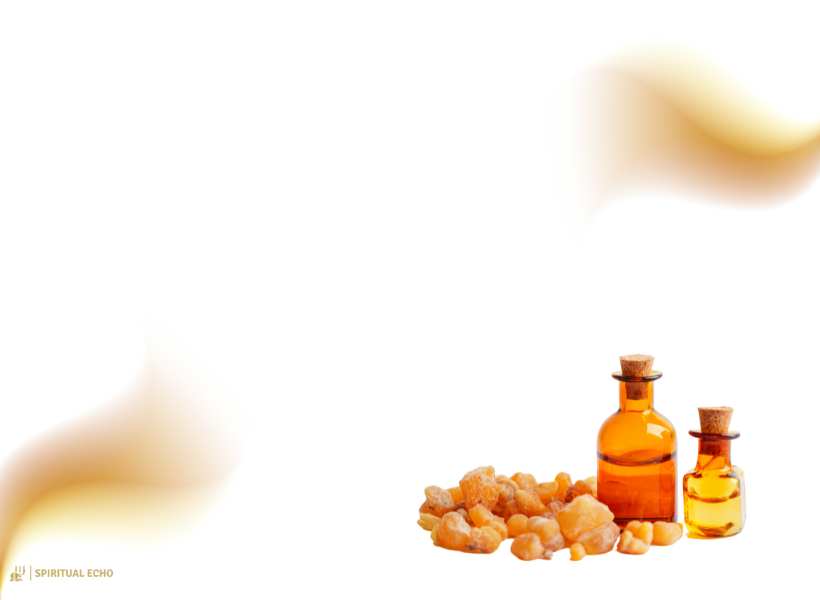
Analysis Of How Myrrh Represents Suffering In The Biblical Narrative.
Myrrh is a strong symbol of pain and sadness. You can see it many times in the Bible as a sign of the hard times people go through.
When Jesus died, myrrh was there to show the deep hurt of losing someone. Jesus received myrrh as a gift from the wise men. This gift pointed to the tough times and suffering that Jesus would face.
In ancient Egypt, people used myrrh when someone died. This connects myrrh to ideas about life, death, and the divine.
Myrrh helps show the balance between pain and the hope of healing in the spiritual world. For many, it stands for how sorrow, death, and comfort go together in our lives and beyond.
Analysis Of How Myrrh Represents Suffering In The Biblical Narrative.
Myrrh is a strong symbol of pain and sadness. You can see it many times in the Bible as a sign of the hard times people go through.
When Jesus died, myrrh was there to show the deep hurt of losing someone. Jesus received myrrh as a gift from the wise men. This gift pointed to the tough times and suffering that Jesus would face.
In ancient Egypt, people used myrrh when someone died. This connects myrrh to ideas about life, death, and the divine.
Myrrh helps show the balance between pain and the hope of healing in the spiritual world. For many, it stands for how sorrow, death, and comfort go together in our lives and beyond.
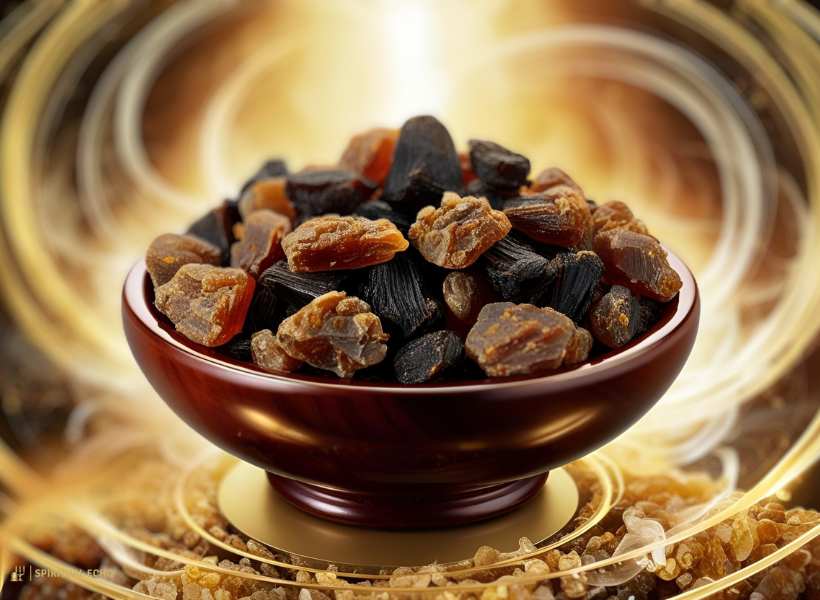
Connection Between Myrrh, Sacrifice, And Healing Throughout Scripture.
In the Bible, myrrh is a strong sign of sacrifice and healing. It is a main part of the holy oil used for anointing. Using this oil with myrrh shows how people seek to be clean and feel closer to God.
Myrrh also connects to the gifts given by the Magi to baby Jesus. This idea makes us think about the sacrifices made for a holy reason. In ancient Egypt, people used myrrh resin when preparing bodies for burial.
This showed respect for those who had died. It helped people feel linked to those in life and death. The story of myrrh ties together anointing, Jesus, and the resin. It relates to ideas about new life, healing the body and spirit, and deep bonds between people and the divine.
The Relationship Between Physical Healing And Spiritual Healing In Scripture.
Physical healing and spiritual healing are closely connected in the Bible. This shows a way of caring for both the body and the soul. The use of myrrh essential oil shows this well.
People have used myrrh as an essential oil for health needs, but also in spiritual acts. For example, when Jesus was anointed, it was a sign of healing and restoring what was lost.
It showed that pain in the body often matches problems in the spirit. In the book of Matthew, you can see that healing and strong faith go hand in hand. It tells us that being whole is about both your body and your spirit.
Each part of your life has a special purpose, and using myrrh essential oil in these practices makes this connection even clearer.
Discussion On Its Use During Burial Customs Reflecting Respect For The Deceased.
In ancient cultures, people used myrrh in their burial customs to show great respect for those who had died. This gum resin was often part of the embalming process. It showed that the people wanted to honor the dead.
Old texts, like those from the Old Testament, mention myrrh, aloes, and frankincense being used together.
These were for cleansing and to show how much the person meant to them. Myrrh oil played an important role in ceremonies. It helped guide the soul into the spiritual world and showed dignity in death.
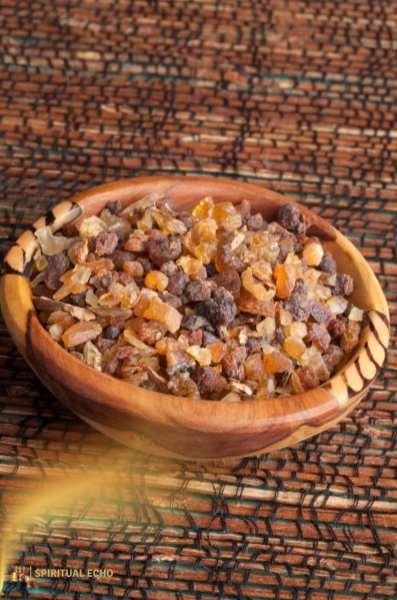
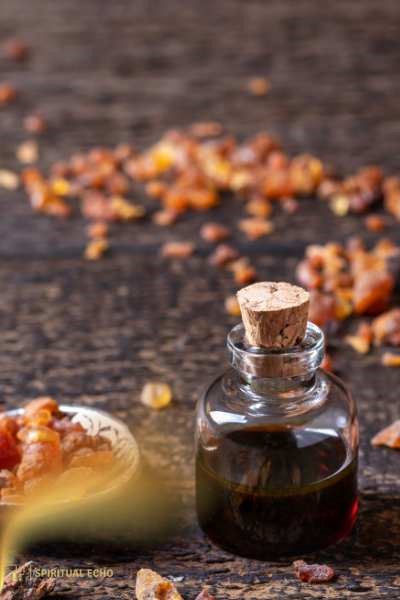
FAQ About Spiritual Meaning Of Myrrh In The Bible
What Does Myrrh Symbolize?
Myrrh is known in the Bible to stand for pain, giving up something, and getting clean. It shows how people go through hard times and how they can feel close to God during big changes in their lives. This is clear during moments like when Jesus was put on the cross and placed in the tomb. Myrrh brings a way for people to think about healing and finding new hope.
Why Did Jesus Give Myrrh A Gift?
The gifts of the magi, like myrrh (Matthew 2:11), were not just presents. The gift of myrrh to the infant Jesus stood for his special purpose. It showed what he would go through. Myrrh pointed to Jesus’ pain, his giving up, and his saving people. You can see this theme in his whole gospel story. The story in Matthew gives us a deeper look at why the magi gave these gifts.
What Are The Three Gifts Of Myrrh?
The three gifts given to the infant Jesus were gold, frankincense, and myrrh. In ancient times, people saw these gifts as important symbols. Gold showed that Jesus was a king. Frankincense was for the divine side of Jesus. Myrrh stood for suffering and sacrifice. This is written in Matthew 2:11.
Why Did Jesus Refuse The Wine Mixed With Myrrh?
During the crucifixion, Jesus said no to wine with myrrh in it (Mark 15:23). He chose to feel the pain instead of using something that could help. This showed how he accepted what God wanted, turning away from anything that might take away some of his pain. His rejection of the myrrh showed the depth of his sacrifice.
Final Thought 💭
The death of Christ makes the meaning of myrrh even deeper in the Bible. Myrrh was a sign of pain and sacrifice, but it also pointed to hope for new life. People used myrrh to care for bodies and holy anointment.
This shows how myrrh connects what we do on earth with what is holy and higher. Through hard times and pain, there can be new growth. This blog post describes to you the spiritual meaning of myrrh in the bible.
Myrrh stands for that journey and is part of faith, healing, and change. Its meaning is still strong today. For many people, myrrh reminds us of the strong link between love, giving, and the hope for something better.

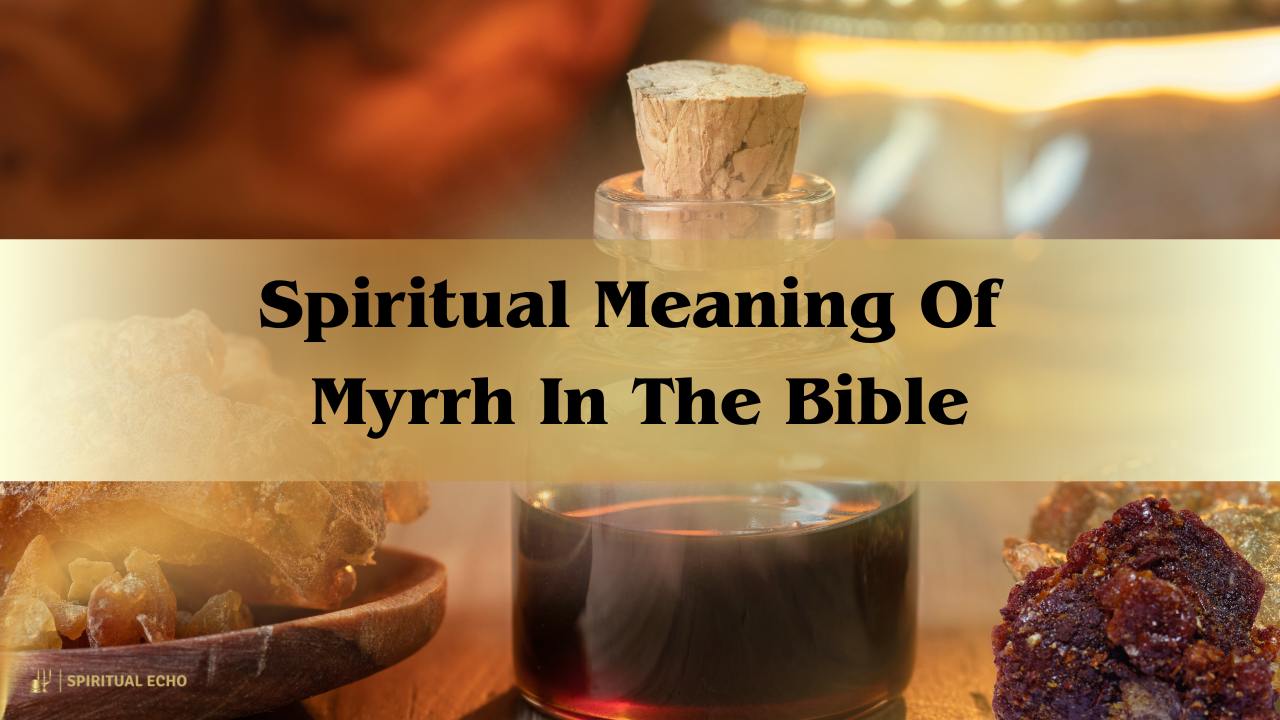

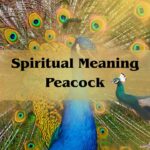
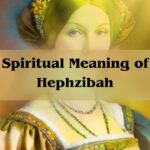


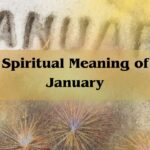

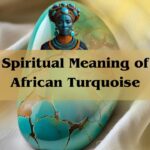
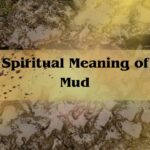



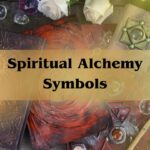



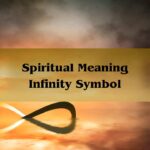













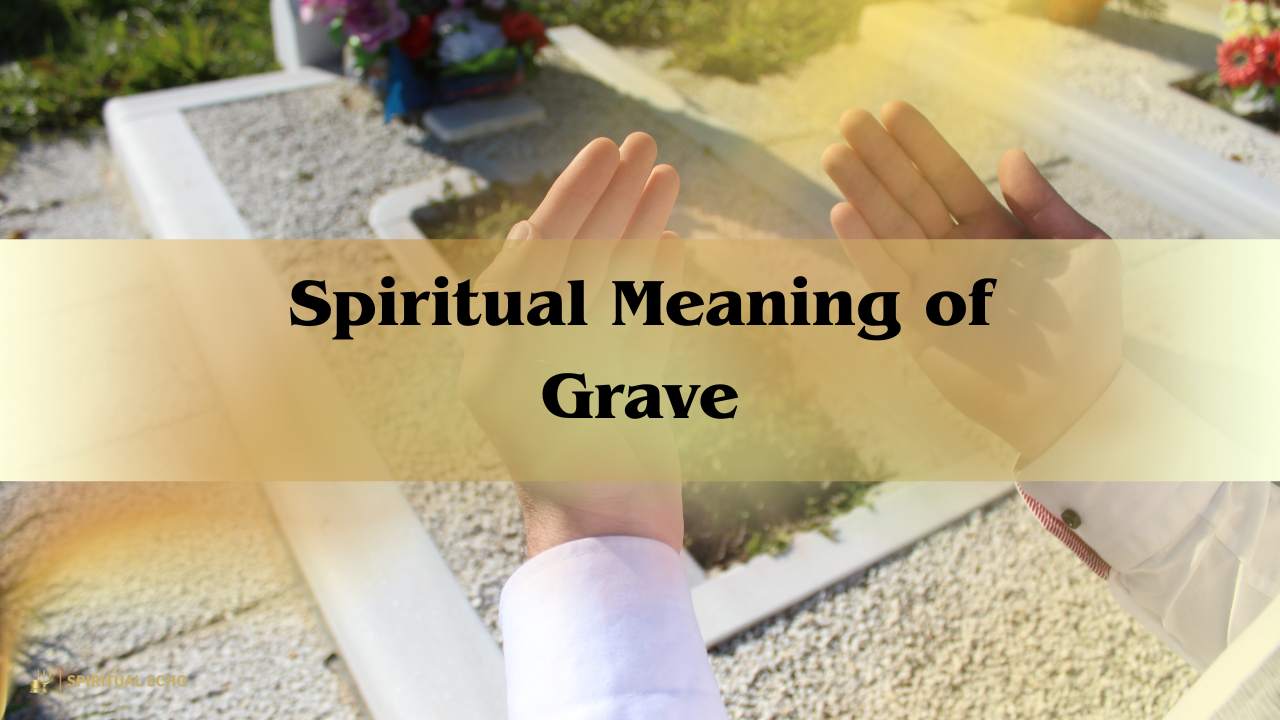
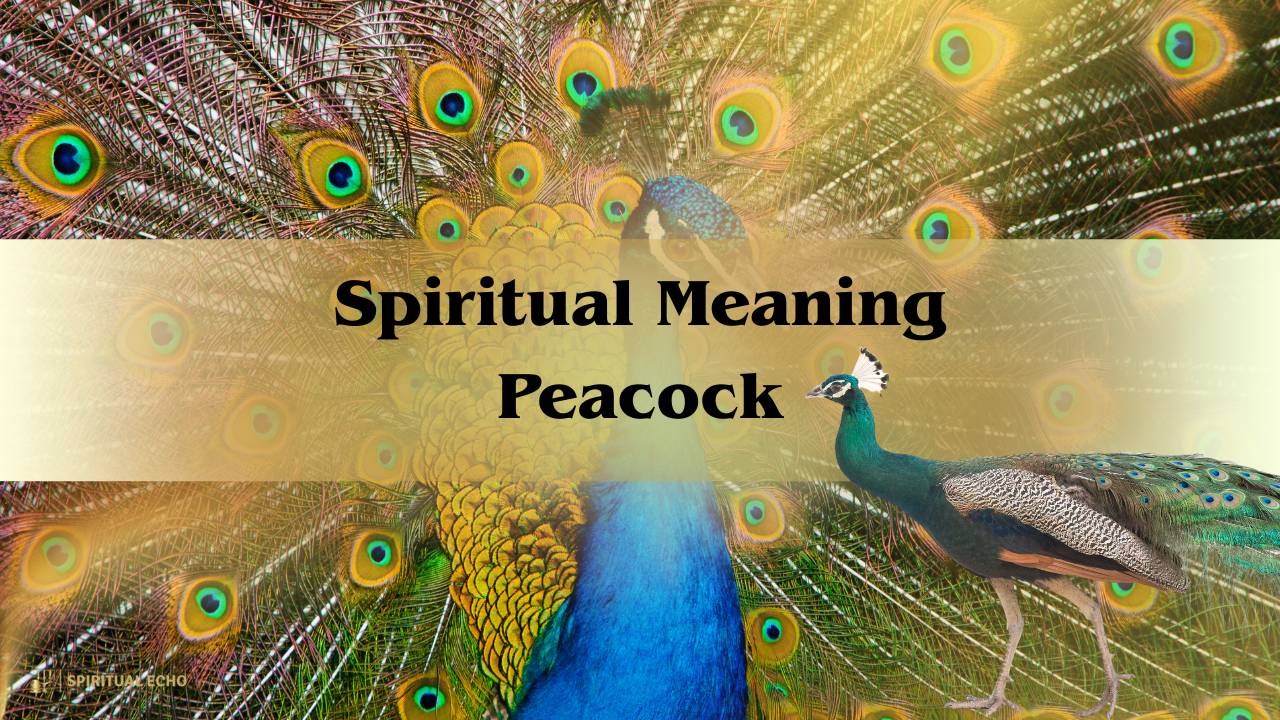
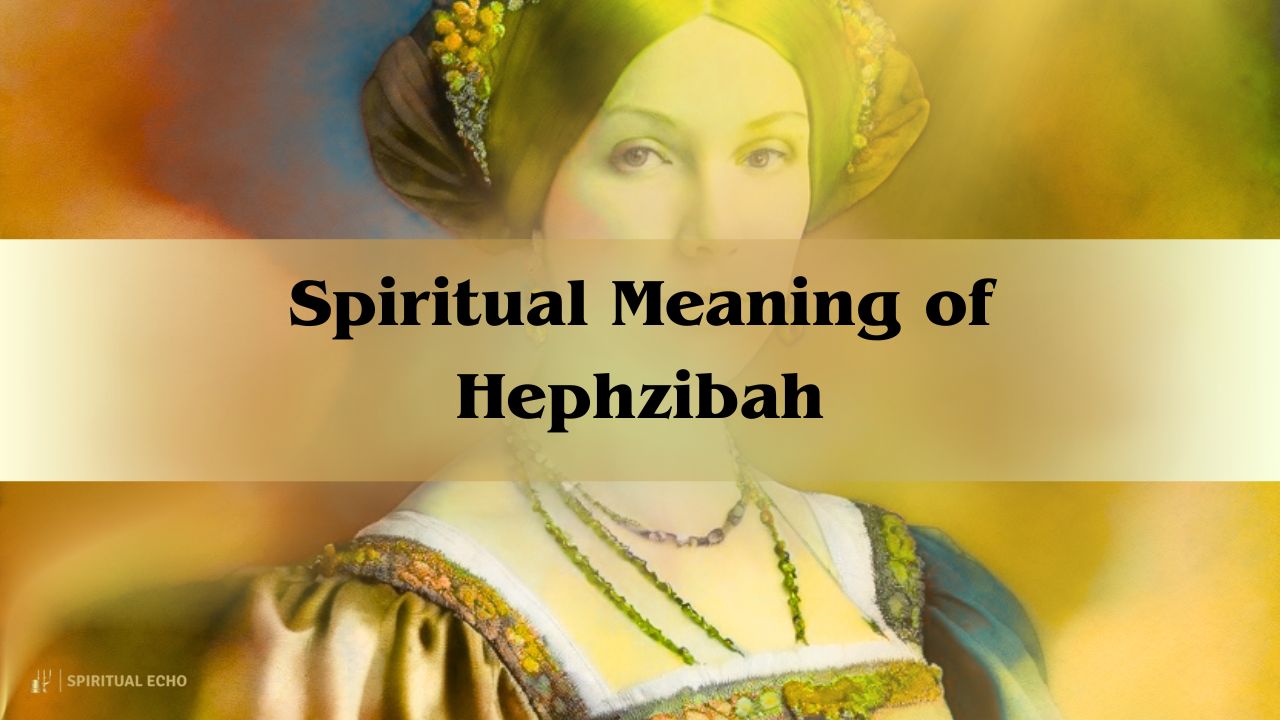
Leave a Reply